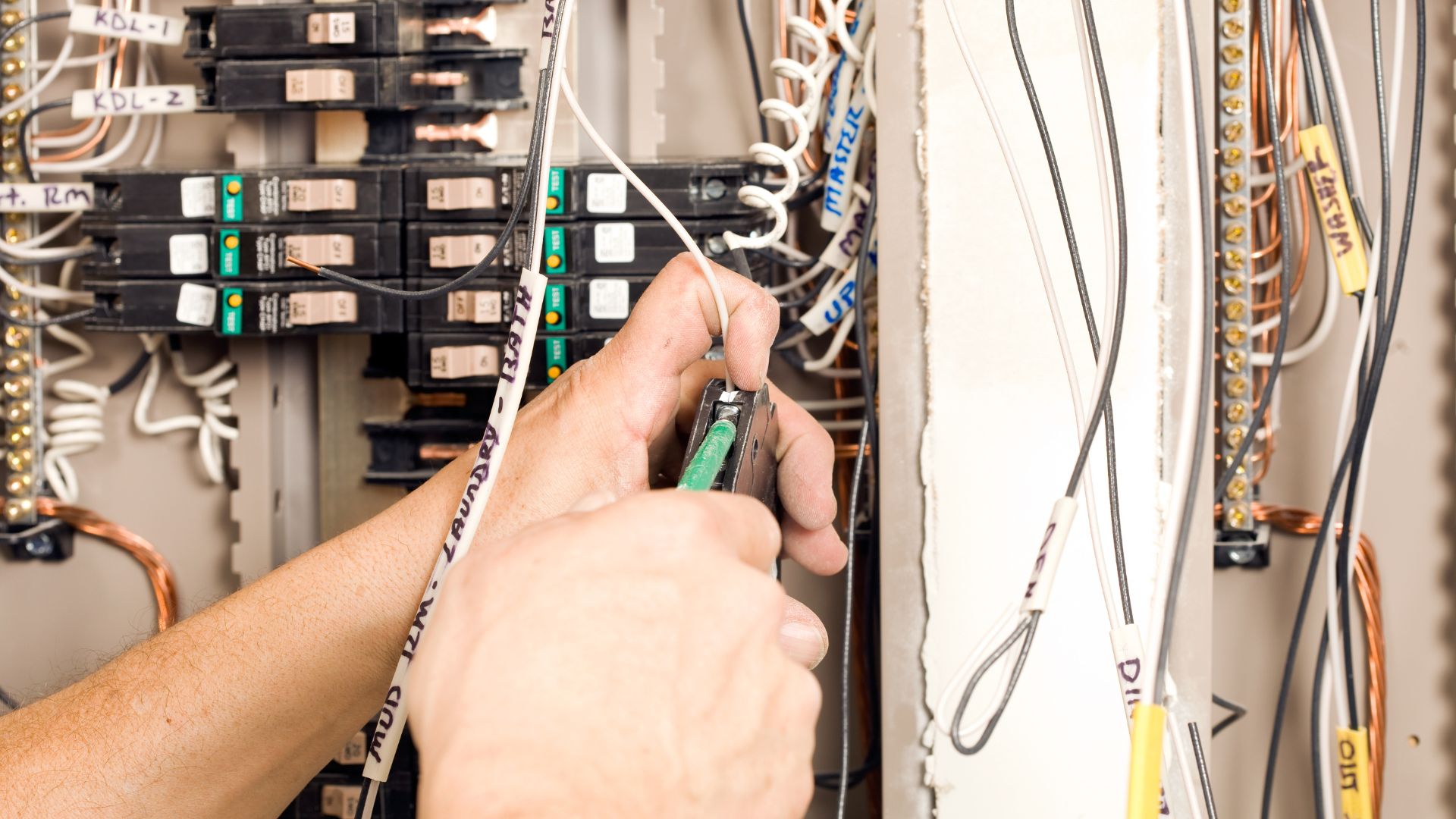If you live in the United States, power enters your home via two legs, each bringing 120 volts. This has created the erroneous belief that American homes can only accommodate 120V appliances.
Some people don’t realize that an electrical system in a U.S. household can combine those two 120V legs to deliver the 240 volts a heavy-duty appliance requires. But what happens when you test these two legs and discover 120V on one but only 60V on the other? What would cause a low voltage on one line? Consider the following:
1). Damaged Cable
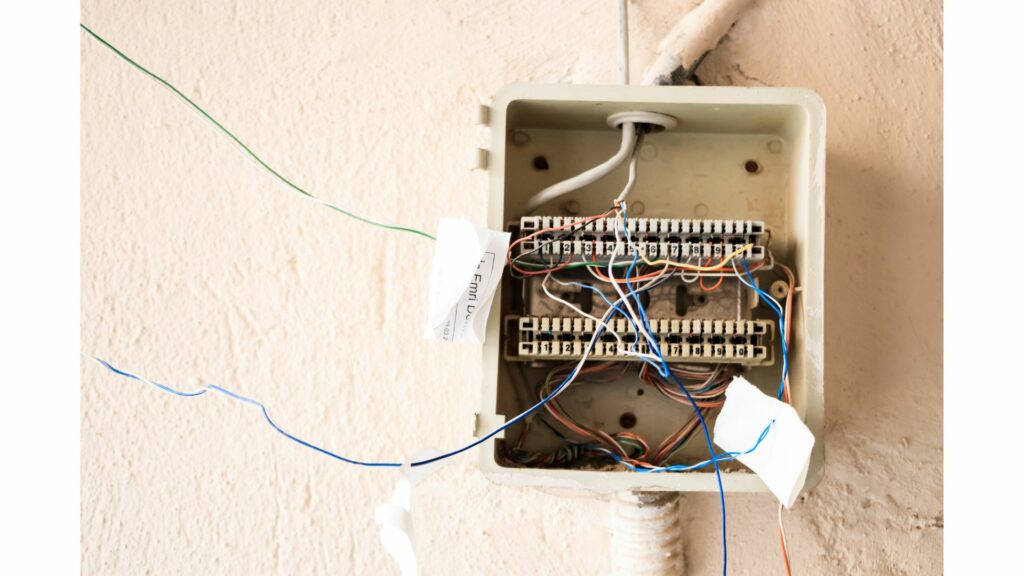
This is the most probable cause. You can start by eliminating the load as a potential culprit. Switch the load items off. Has the voltage returned to 120V in response?
This issue can manifest because of one item on the leg or the total load. However, you should only consider other factors after inspecting the wires. Aluminum is more likely to corrode than copper. Although, that doesn’t mean copper is immune to corrosion.
Look for bite marks. Pests are a bigger threat to electrical lines than people realize. This is why contractors apply conduits to delicate lines. Damage and corrosion will reduce the voltage to zero (Hot to Neutral).
Damaged cables are not as easy to fix as people think, especially when you observe the damage on the line that brings power from the transformer to your house. If the cable runs underground, you must unearth it. Sometimes, contractors nick electrical lines during the installation, creating a problem that won’t become apparent for several weeks, months, or even years.
2). Bad Neutral
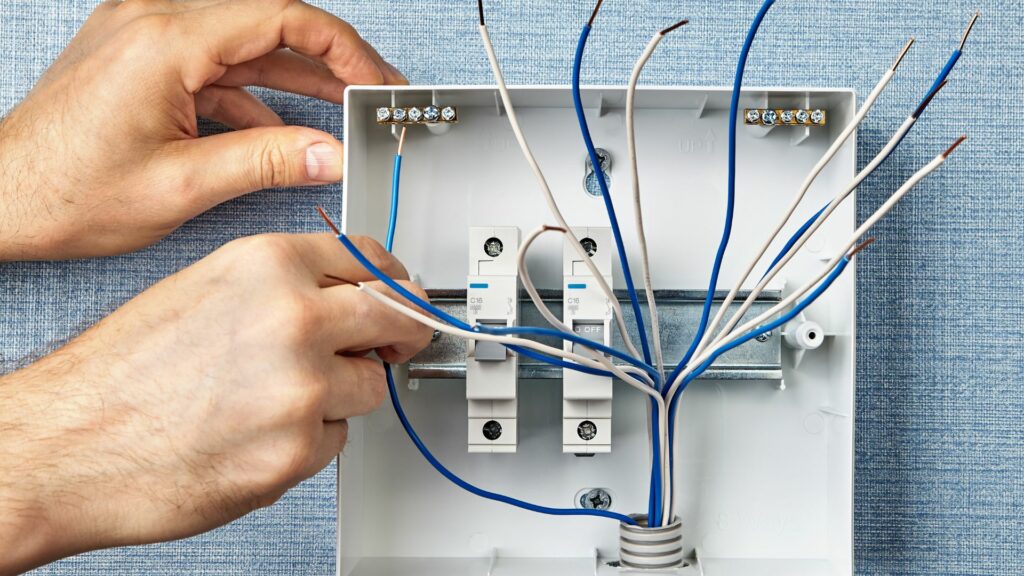
A home with 240V has a neutral between two 120V legs. A lost neutral cause a low voltage on one leg. The voltage on each leg may fluctuate wildly, especially when you connect a heavy-duty device such as a refrigerator.
The voltage will drop on one leg while going up on the other. You risk overloading your home’s appliances. The threat becomes even worse in homes where a contractor connected the washing machine’s chassis to the neutral. A lost neutral makes that chassis a threat to your life.
3). Main Panel Problem
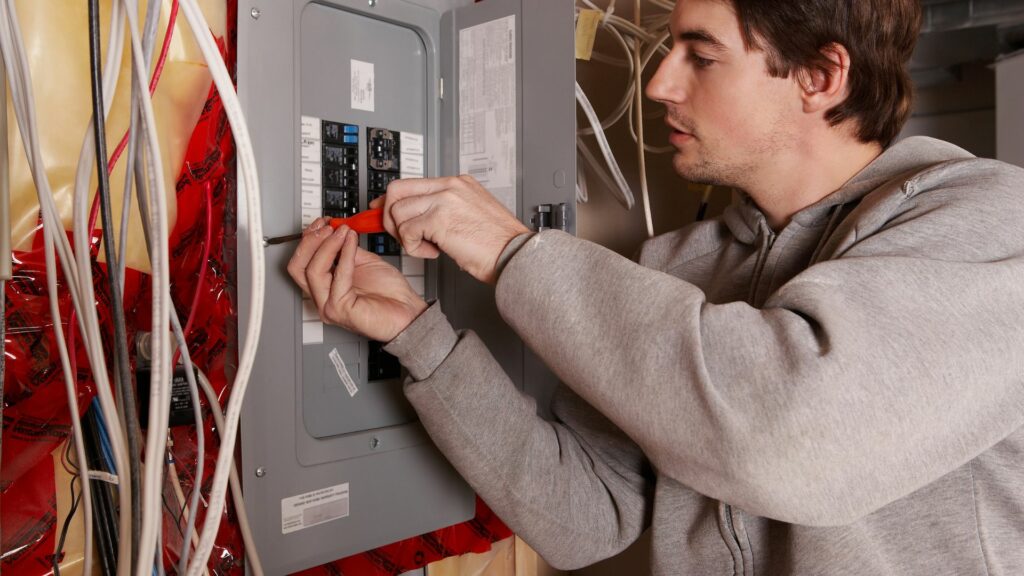
If you’re lucky, the problem originates from the main panel. Look for loose connections, damaged wires, and corrosion. Aluminum can increase the resistance after oxidizing. If you’ve ruled out the connections, check the breaker.
Circuit breakers are sturdy. They can survive for decades. However, they can fail at a moment’s notice under the right (or wrong) conditions. If you’ve followed the low voltage to a leg from a sub panel, check the breaker in the subpanel or the connections between the main and sub panel.
4). Heavy Load
The load can exacerbate the voltage drop in a damaged wire. A load with a significant electrical draw can make the voltage drop worse because the resistance at the damaged point is so high. Don’t rule out faulty appliances.
The voltage fluctuates when you run a 220V device such as a stove. One leg is not enough to meet the stove’s needs. The current will flow from the high-voltage leg to the low-voltage leg, causing fluctuations.
Similar fluctuations can occur because of arcing originating from bad connections and corroded wires. If you’ve ruled out the load in your home, consider the load on the transformer. The voltage can fall because of the burden on the shared transformer in your community.
How To Identify If There Is Low Voltage On One Leg?
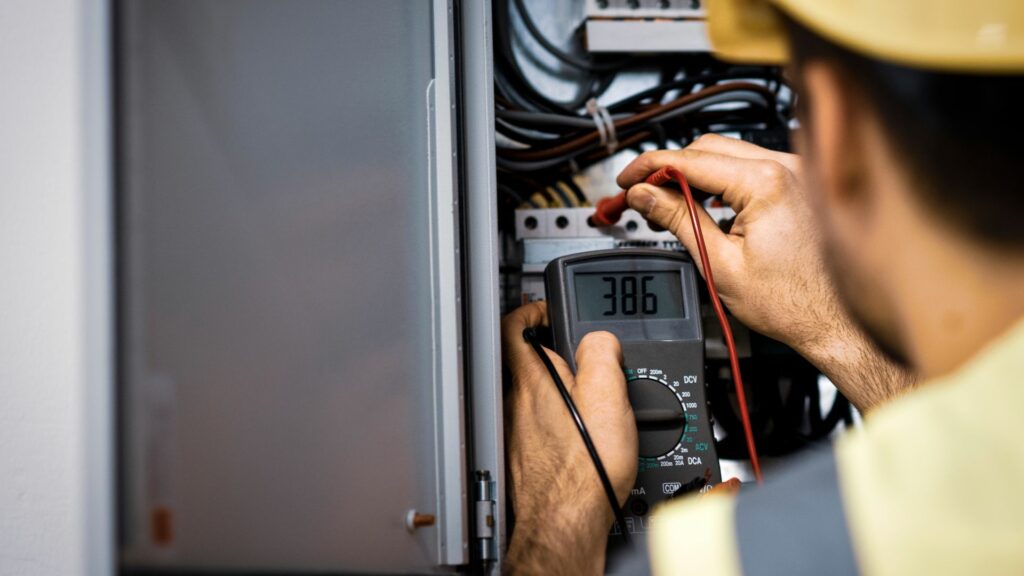
You will see the following readings you will see if you test the voltage:
Hot 1 to Hot 2: 240V
Hot 1 to Neutral: 120V
Hot 2 to Neutral: 120V
Hot 1 to Ground: 120V
Hot 2 to Ground: 120V
Neutral to Ground: 0
An imbalance in the voltage will appear in your readings. For instance, you may record 57V (Hot 1 to Neutral), 120V (Hot 2 to Neutral), and 57V (Hot 1 to Ground). You may also observe tangible consequences, such as the following:
- The lights will flicker and dim.
- Half the outlets in your home will go out. They may turn on and off spontaneously or stay off altogether.
- Appliances with motors will draw excessive current while running on the leg with the low voltage.
- You will observe a lower torque in devices with motors.
- You may blow a fuse. This can happen every time you replace the fuse.
None of these factors prove that you have low voltage on one leg. But they should encourage you to troubleshoot the situation until you identify the fault. Some of the potential culprits can lead to fires and electrocution. Therefore, you should tackle this problem immediately. You can’t afford to delay.
How To Troubleshoot Low Voltage On One Leg?
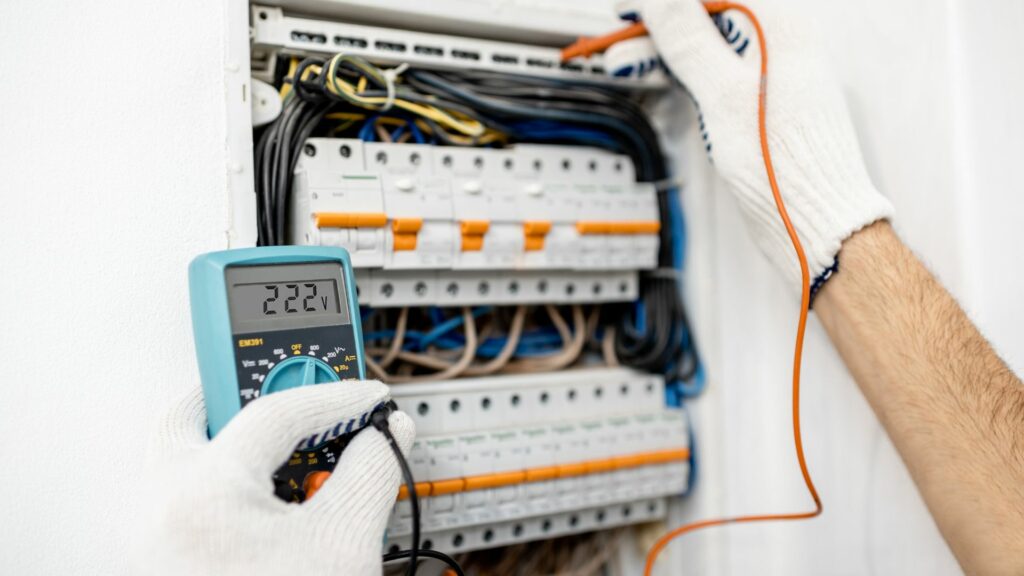
- Test the legs to confirm the low voltage phenomenon you suspect.
- Identify the leg with the low voltage and de-energize the circuits it feeds. You should also consider turning off all the power, especially if you don’t know which leg is at fault. Many laypeople don’t have the technical skill or experience to test the voltage.
- Search for loose connections. Loose connections do not always manifest because of damage. Electricity generates heat as it travels through a medium. As a result, wires will expand and contract as they heat and cool. Over time, they will deteriorate. Additionally, the continuous expansion and contraction will compromise their connections in the panel.
- Look for damaged, corroded, or melted wires. Start with the panels and subpanels. Experts will encourage you to stay away from the meter because of the danger it poses. But you can take a cursory glance at the connections going in and out of the meter if you have some electrical experience. Take this opportunity to take measurements with an ohmmeter or ammeter.
- Look for signs of damage, wear, and tear on the breaker. If you have a spare, replace the breaker and determine whether the imbalance has disappeared.
- Remove the loads one at a time. Keep performing tests to determine whether the voltage in the affected leg improves with each load you remove. You can’t do anything about the load on the transformer short of calling the power company.
- The experts at Utility Products recommend thermal imaging to find overloaded or undersized conductors.
Best Practices For Preventing Low Voltage On One Leg
- Identify and replace damaged, frayed, or corroded cables. While it is cheaper to repair the wires, replacing them is the safer option. You can slap electrical tape over a torn sheath in an emergency. But that is a temporary measure.
- Identify and tighten loose connections in main panels and subpanels.
- Many contractors use IR thermometers to find poor or faulty connections.
- Replace faulty breakers. Look for symptoms such as burn marks, burning smells, flickering lights, etc.
- Identify and replace defective appliances.
- If you don’t trust the wires to survive the rugged conditions in the vicinity, pull them through a conduit. Match the conduit size to the wire gauge. You can damage a wire by forcing it to traverse a small pipe.
- According to Blais Electric, aluminum oxidizes more easily than copper. People know it is softer and more malleable, so they use conduits to protect the material. But they forget aluminum’s vulnerability to corrosion. GCSAA recommends an antioxidant gel. Electricians use it to combat corrosion in aluminum wiring. Some anti-freeze products have an anti-corrosion component.
- Naturally, you should install copper wiring where possible. Make sure the wire’s temperature rating, gauge, and insulation match the conditions.
Ultimately, a low voltage on one leg requires your utility provider’s attention. You can’t tamper with the meter without their permission. And even if you could, the practice is too dangerous. What if the fault lies with that wire running from the pole to your house?
Call the power company and ask them to troubleshoot the problem. They can inspect the shared transformer. If an underground cable is damaged, they can dig it up and replace it. Admittedly, these companies don’t always respond on time.
You can ask your electrician to talk to them on your behalf. You can also exaggerate the severity of the problem. For instance, they are more likely to respond if you tell them you’ve noticed a burning smell from the meter.

